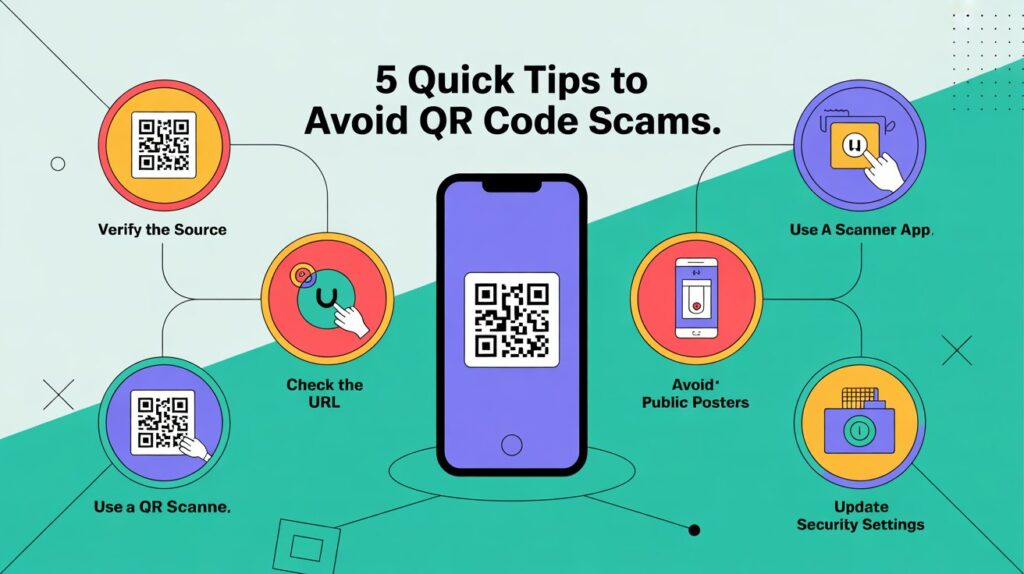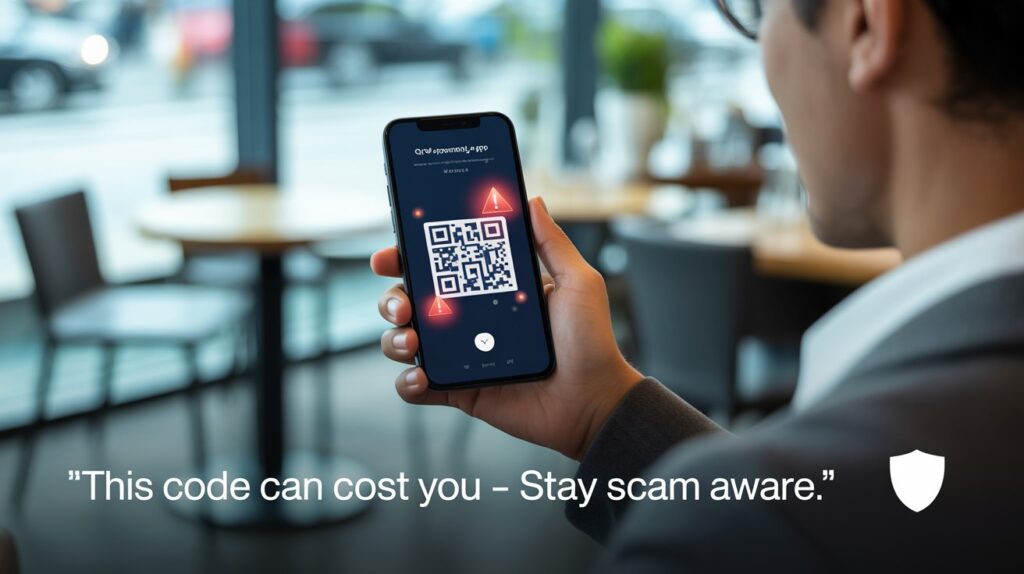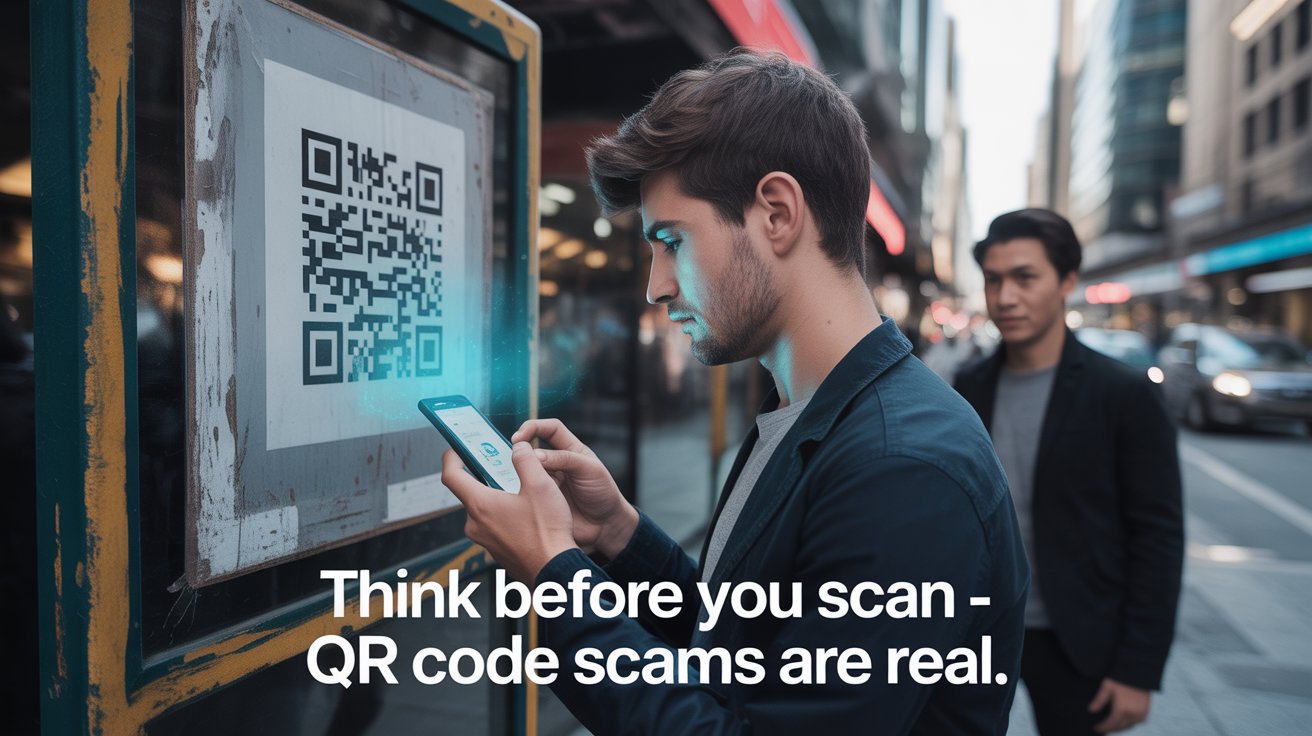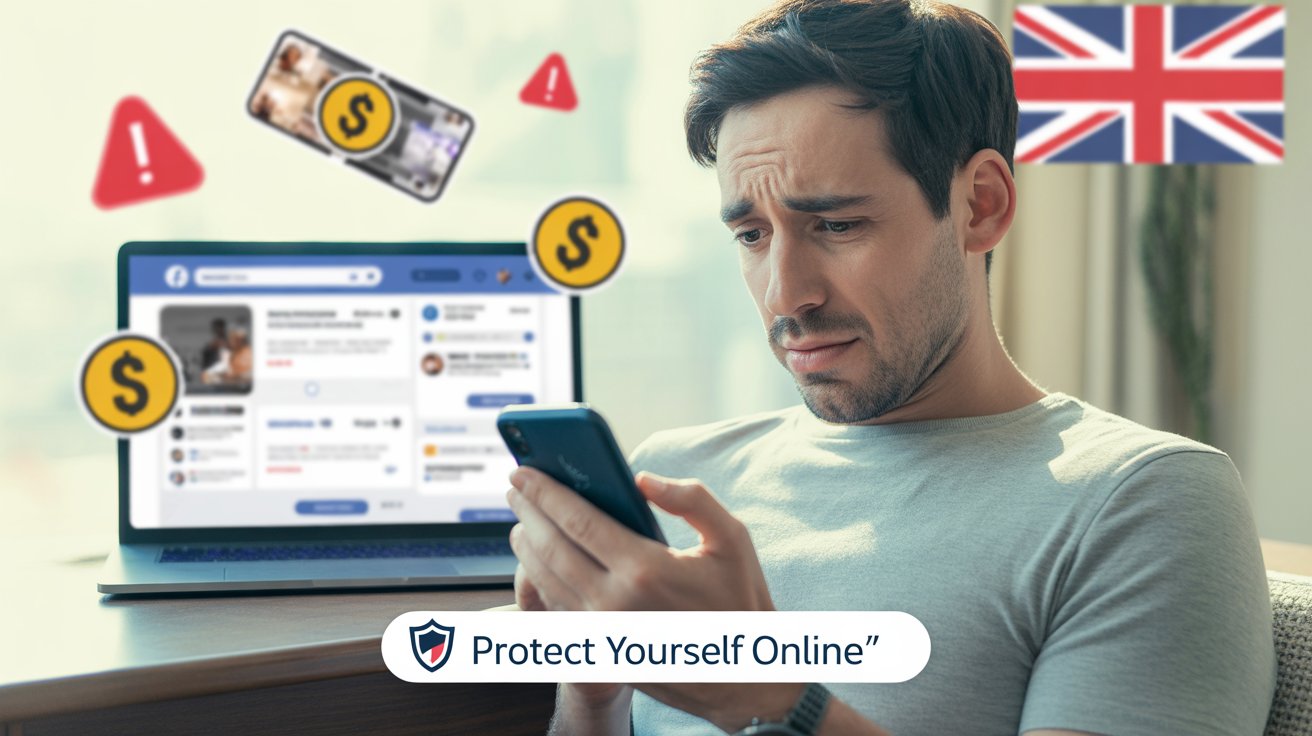A Simple Scan Gone Wrong
It was a regular morning for Aditi, a university student in London, who stopped by her favourite café before class. A poster outside promised “50% OFF your next order – scan to redeem!” Without a second thought, she pulled out her phone and scanned the QR code.
Two hours later, her bank account was drained of £1,200.
Aditi’s story is not unique.
In 2025, QR code scam have become one of the fastest-growing digital frauds in the UK and globally. These innocent-looking black-and-white squares, originally designed for convenience, are now being exploited by cybercriminals.
This blog dives deep into how QR code scams work, real-life examples, and most importantly – how you can protect yourself and your loved ones.
What Is a QR Code Scam?
A QR code scam is a type of fraud where scammers create fake QR codes that redirect users to malicious websites or trigger harmful actions – like stealing banking credentials, downloading malware, or initiating unauthorised payments.
Instead of linking to a trusted page (like a menu, payment gateway, or product info), these QR codes hide a dangerous trap.
And because we can’t “see” what a QR code contains, they’re the perfect trojan horse.
Why QR Code Scams Are Surging in 2025
Several factors have led to the explosion of QR code scams:
- Post-pandemic digitisation: Contactless became the norm. QR codes are now everywhere – restaurants, bills, stores, events.
- No visual clues: Unlike links or emails, QR codes don’t reveal where they lead until scanned.
- Mobile-first world: People rely on their phones more than ever, making them easy targets.
- Scammers are smarter: They use social engineering, design, and urgency to make their fake QR codes look 100% legitimate.

Types of QR Code Scams You Must Know
1. Fake Discount Posters
Posters in public places with offers like “Scan for 70% off your meal” or “Free coffee for students.” Once scanned, the user is led to a phishing site that captures card details or personal info.
⚠️ Real Case: In Birmingham, over 60 people fell victim to a “parking coupon” QR scam posted near university areas.
2. Phishing via QR Codes (Quishing)
Instead of traditional email phishing, scammers now send QR codes via email, SMS, or even flyers. Once scanned, users unknowingly log into fake banking sites or social media pages.
3. Modified Real QR Codes
Scammers stick fake QR stickers over real ones in public places – restaurants, gyms, airports. You think you’re paying your bill or checking in – but your data is being stolen.
4. Malware Downloads
Some QR codes directly trigger a download – usually an APK or file containing spyware or ransomware.
5. Crypto Wallet & Payment Hijack
Scammers use QR codes to request crypto payments. The code seems legit but sends funds to the wrong wallet. Others hijack QR codes used by legit businesses.
Warning Signs You’ve Scanned a Malicious QR Code
- The page asks for sensitive info (bank details, passwords).
- The URL looks odd or doesn’t match the expected domain.
- You are prompted to download a file or app immediately.
- You receive a suspicious OTP or transaction alert after scanning.
- The design of the QR code seems pasted or out of place.
How to Protect Yourself from QR Code Scams
✅ Always Preview the URL
Modern QR scanners allow you to preview the link before opening. If the link looks shady or unfamiliar, don’t proceed.
✅ Use Trusted QR Scanner Apps
Avoid default camera scans for sensitive QR codes. Use apps that detect malicious links and alert you before visiting.
✅ Double-check Public QR Codes
Physically inspect posters or signs for tampering. If the QR code seems like a sticker or misaligned, avoid it.
✅ Never Share Sensitive Info After Scanning
No QR code should ever ask for your card PIN, OTP, or login passwords. If it does, it’s a scam.
✅ Enable Payment Alerts
Turn on SMS/email alerts for every transaction to catch fraud in real-time.
✅ Use Virtual Cards for Online Payments
If a QR code leads to a payment site, use a virtual card with spending limits to prevent big losses.

How Businesses Can Avoid Being Exploited
Businesses that use QR codes for menus, payments, or promotions should also be aware:
- Use branded QR codes with a logo or custom design.
- Print directly onto the surface instead of using stickers.
- Educate staff to regularly check for tampering.
- Notify users clearly about what to expect after scanning.
If customers get scammed via a QR code at your store, it can damage your brand’s reputation—even if it wasn’t your fault.
QR Code Scam: The Emotional Aftermath
Many victims, like Aditi, report not just financial losses but also feelings of guilt, fear, and embarrassment.
“It felt like I should’ve known better,” Aditi shared. “But the QR code looked so normal.”
This emotional manipulation is part of the scammer’s plan – they rely on our trust and habits.
What to Do If You’re a Victim
- Disconnect your device from the internet immediately if you downloaded something suspicious.
- Contact your bank and freeze your cards.
- Scan your phone for malware using trusted antivirus software.
- Change your passwords, especially banking and email logins.
- Report the scam to local authorities or cybercrime units.
- Warn others by sharing your story online or through scam-reporting websites like ScamFreeWorld.
How Authorities Are Responding
In 2025, multiple police forces and cyber watchdogs have issued advisories about QR code scams. Some are even proposing QR authentication laws requiring verified business usage and traceable QR generation.
But like all tech, laws take time to catch up. Until then, awareness is our best defence.
Conclusion: Think Before You Scan
QR codes aren’t the enemy — but blind trust is.
These scams thrive on moments of distraction, urgency, or desire for a good deal. In a world where every menu, payment, and promotion comes via QR code, we must pause and ask:
Do I know where this code will take me?
Stay smart. Stay scam-free. Share this article with someone who might scan without thinking. It might just save them from becoming the next victim.
Final Reminder (for you to use on social or site banners):
🛑 Don’t Scan Blindly!
If it’s too good to be true — it’s probably a QR scam.
Read More Scams – https://scamfreeworld.co.uk/amazon-prime-day-scams/



